Sonrisas "Smiles"
In the past, we have avoided talking about the important stuff – the good work we do behind the scenes. With our recent rebrand, we're committed to being open and honest, sharing our stories and em...
In the past, we have avoided talking about the important stuff – the good work we do behind the scenes. With our recent rebrand, we're committed to being open and honest, sharing our stories and em...
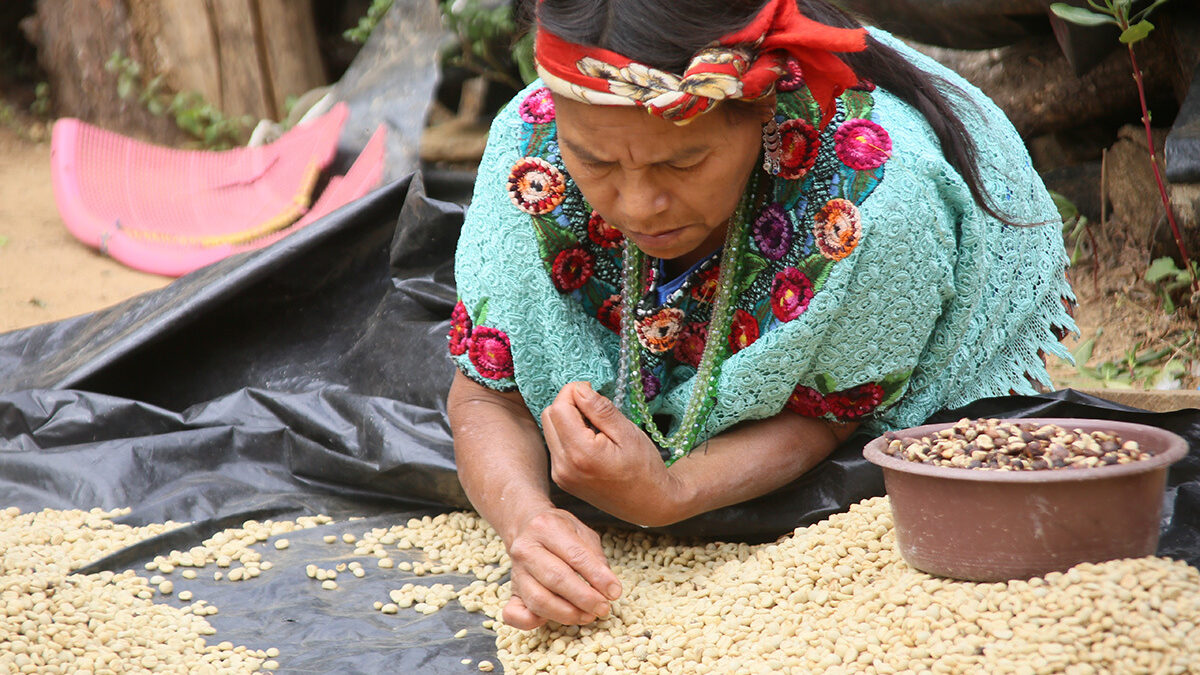
La Morena - Empowering Women Farmers
In Guatemala coffee has long been male-dominated, and gender equality remains a challenge. It is unfortunately still difficult for women in Guatemala to compete and thrive in the coffee world. La Morena is a coffee that showcases women farmers across Guatemala. Women operate 20% to 30% of coffee farms, and up to 70% of coffee production workers are females, depending on the region. In spite of this, women are systematically disadvantaged when it comes to resources, including land, credit, and information. This often results in a measurable gender gap in economic outcomes, including yields, productivity and farm income. La Morena is a coffee from Huehuetenango, one of the better-known regions of Guatemala. One of Guatemala‘s three non-volcanic regions, Huehuetenango is also the highest and driest one, making it one of the best to grow coffee. The region depends heavily on the coffee industry and export. Produced exclusively by female farmers, La Morena is also a Vol-Cafe Way coffee. Since they joined the program, the farmers have increased the quality of their coffee, increased their yields, and, as a result, earned more. By teaching them best practices, their farms are producing excellent coffee and becoming viable businesses. Above is an Illustration created by Daisy Cleary & one that will feature on our packaging when we re-release La Morena. "The idea for this illustration came to me late one night when I was reflecting on the La Morena women's project. As I sketched in my book and listened to music, I was moved by the hope this project brings to women in Guatemala's coffee industry. With this illustration, I wanted to celebrate the strength and resilience of these women. The central figure is a woman who is both feminine and powerful, cradling her heart in her hands. The heart is shaped like a coffee bean, symbolizing its importance to her and the sustenance it provides. The line continues upwards towards her mind, representing her intellectual freedom and the space she has to use her intelligence. The line then forms a crown over her head, signifying the empowerment and strength she gains from participating in the La Morena project. Overall, this illustration represents the hope and potential that the La Morena project offers to women in the coffee industry, and serves as a tribute to their hard work and perseverance."
Discover more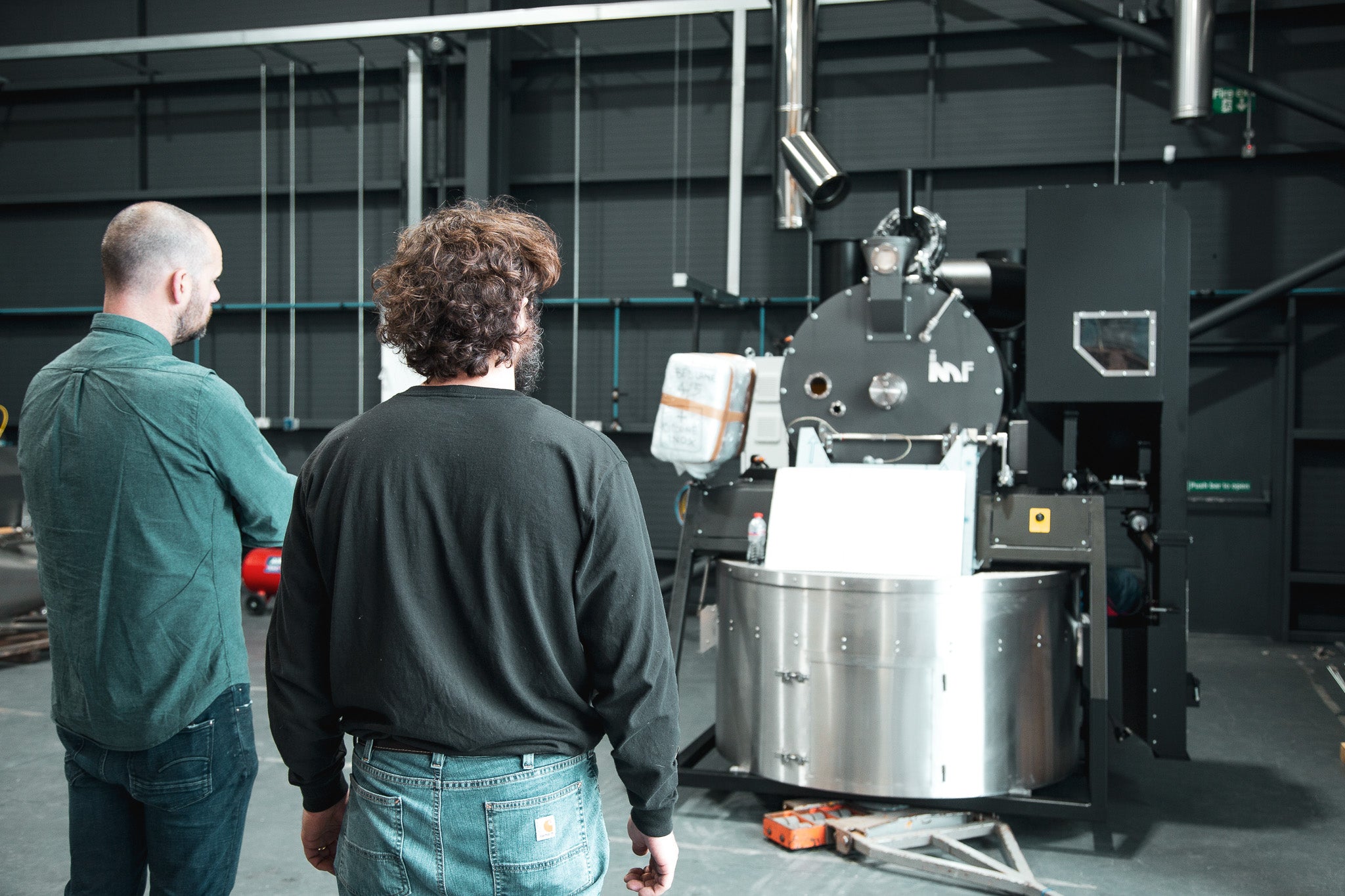
Choosing a new roaster is a big challenge for every roaster. It is likely that your decision will impact above all else the profile of every roast, workflow, and day to day operation in the roastery. Last year having sweat every detail we finally installed a new IMF RM60 and here are the mayor points that influenced my decision. Batch Size Although it is possible to roast coffee 5 days a week or more, it is not sustainable in the long run. Doing production roasting every day of the week often leaves roasters in a position that some crucial areas are put aside, or not given enough attention to. Sustainability We are always looking new way how to reduce our carbon emissions and be sustainable. Imf roasters are designed to reduce emissions up to 98% compared to traditional drum roasters. One could argue that emissions of traditional drum roaster with an afterburner are the same. However, in that case gas consumption of a traditional drum roaster is significantly higher. Imf is using the same burner for heating the drum and afterburner. Conduction vs Convection This is a subject worth further discussion, and I will elaborate on this in more detail in the future. In my experience heat application is one of the most significant elements affecting the flavour profile. Both have pros and cons. In my opinion, convection is a much better option for espresso. Being a much more efficient heat source, it allows faster roast times with no roasting defects and most importantly better inner bean development. This also means that when roasting on a convection roaster you can roast a few points lighter without the fear of underdevelopment. Maintenance As a roaster, I would say that a good roaster is also a good mechanic. Roasters tend to fix small mechanical issues themselves. With the IMF I have easy access to every part of the machine, which makes daily life much easier. Also, one unique feature of IMF due to its smart design and advanced technology is that you never have to clean the chimneys. Commissioned 24th October 2022 photo: Niko Sunko, Stephen Bell, Leonardo & Andre
Discover more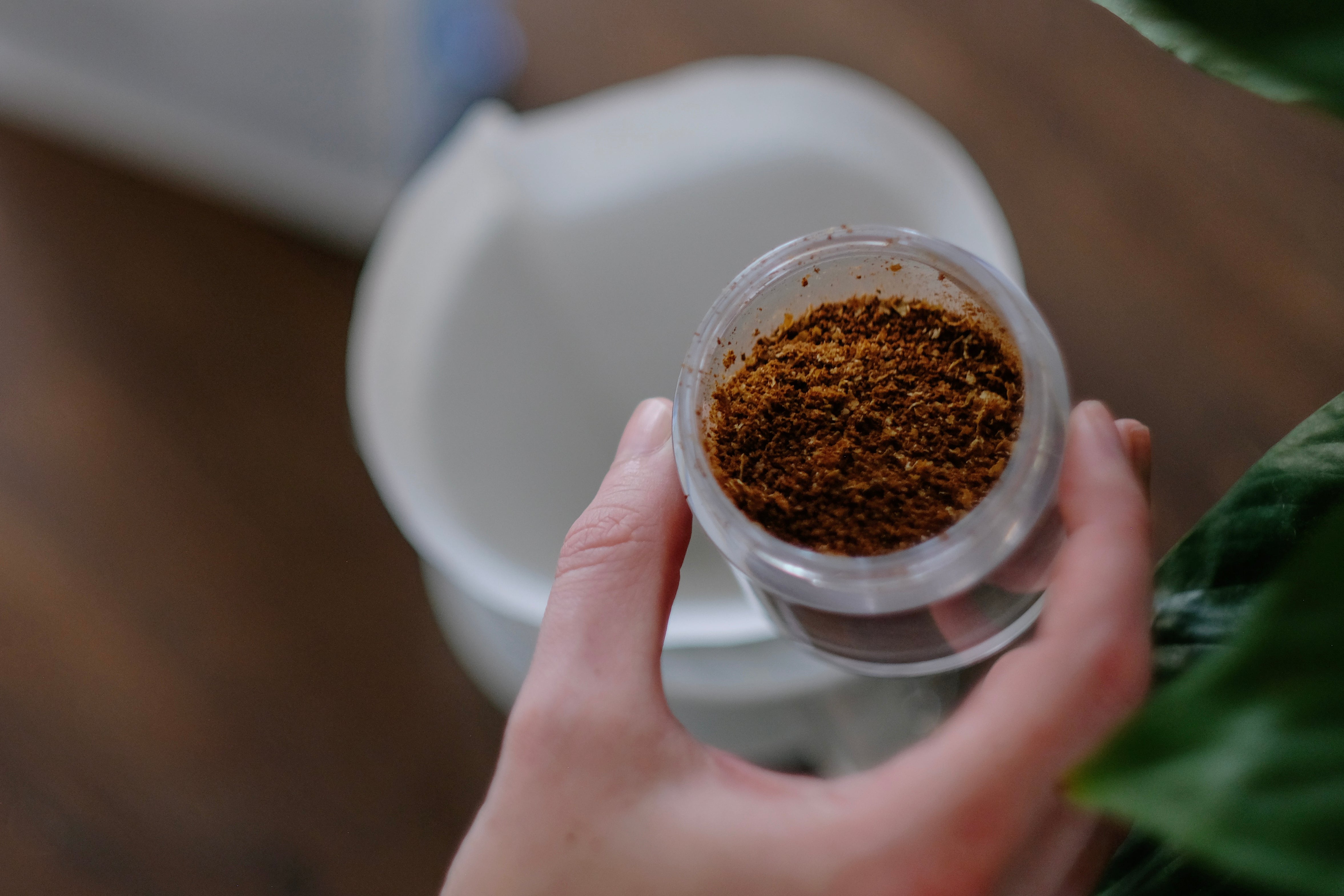
Ultimate Coffee Freshness - Dissolving the Myth
There is a current misconception that the fresher the coffee is, the better. Well, we're here to bust that myth wide open and explain what fresh-roasted coffee really means so you can enjoy your brew it is at its peak. We will begin by explaining what happens to coffee once it has been roasted. Two key processes occur: degassing and oxidation. Degassing: Degassing refers to the release of carbon dioxide (CO2) created from roasting coffee. Did you know that degassing occurs very aggressively during the first week after roasting? This is important to note because it means that extraction might not be adequate during this period since the trapped CO2 is vigorously trying to be released. In fact, if you brew coffee within the first week of roasting, you may miss out on the full potential of the roast. While the brew will still be good, it won't be at its peak in terms of sweetness, clarity, and acidity. Oxidation: On the other hand, oxidation happens when coffee is exposed to air. It is a natural, and gradual process that begins immediately after roasting. Over time, it leads to coffee going stale, flat, and losing its depth of flavor. To prevent or slow down oxidation, roasters typically package fresh coffee in bags with one-way valves. This allows the CO2 to escape while preventing oxygen from entering the bag. There are other techniques to prevent oxidation as well, but we'll dive into those in a future post. Now for the ultimate question, what is the best time to brew freshly delivered coffee? Well, we found that both our filter and espresso roasts are at their best when brewed between 1 to 11 weeks after roasting. Assuming the coffee is stored in its original packaging, there is little to no difference in the quality of the brew during this period. However, we've noticed slight oxidation in the brew by week 12, so it's best to consume your coffee within the recommended time frame to enjoy it at its peak freshness. To sum up, your coffee will be at its "peak" freshness 1 to 11 weeks after roasting. It's important to note that this does not apply to dark roast as the oxidation process is accelerated. If you're a fan of dark roast, we suggest brewing your coffee as soon as possible to avoid any rancid flavors. So there you have it, We hope this clears up any confusion about fresh-roasted coffee and helps you enjoy your cup of joe to the fullest.
Discover more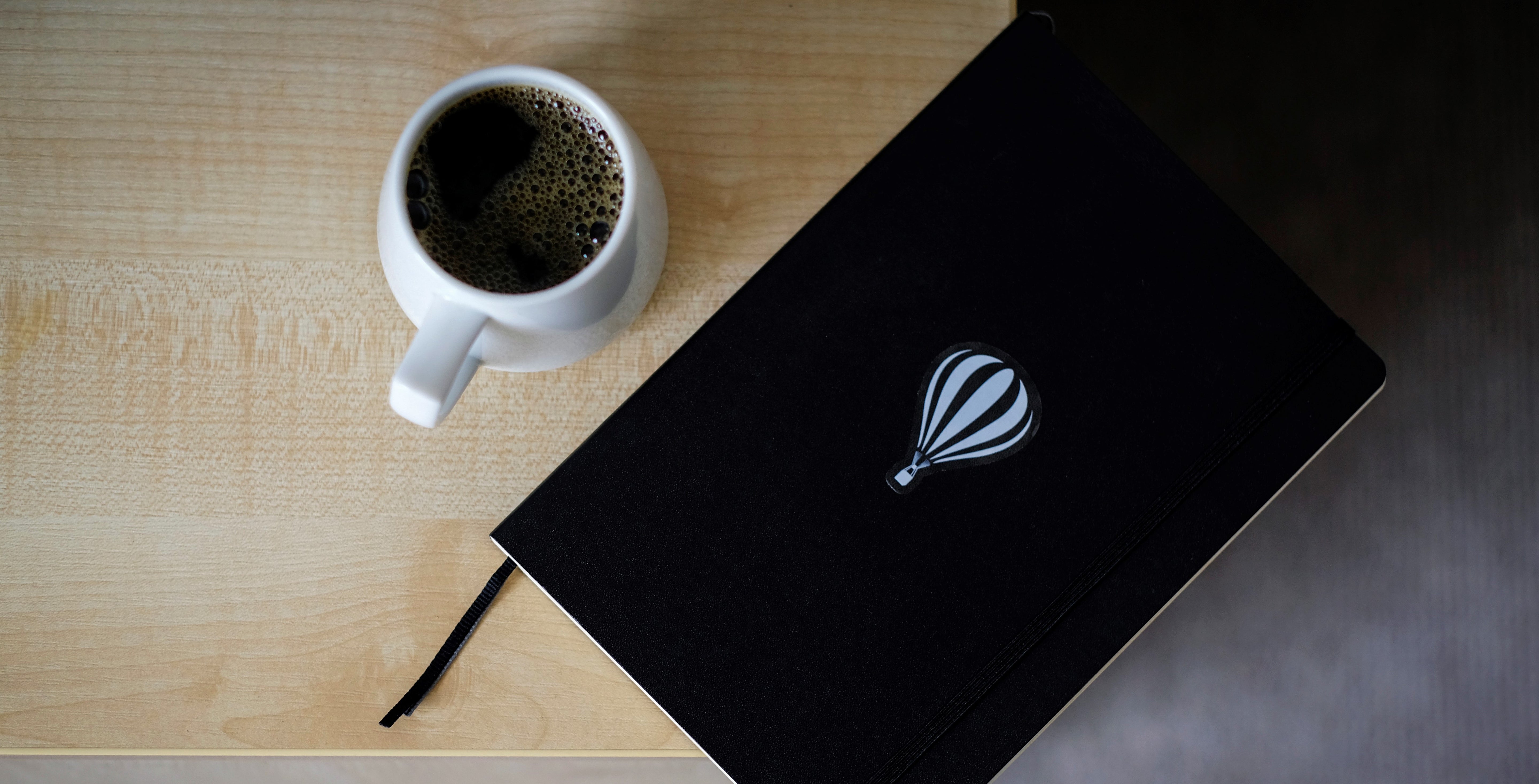
Recently I was asked by a fellow roaster how do I use colour tracker in the roastery and how important is it to have one to achieve consistency? ❌ If your curves are not perfectly aligned matching colour doesn't mean much. A 9 minute roast will taste different to a 10 minute roast even if they are the same colour. ✔ It is super useful when sample roasting ✔ I find its best use when transferring profiles from in my case 500g Mill City roaster to a production roast on a Giesen. Although worth mentioning curves look quite different in this case. So in short it is a great tool but definitely not important as matching your profiles day to day 👌 #coffeehunter #coffeeroaster #coffeeaddict #lifeistooshortforbadcoffee
Discover more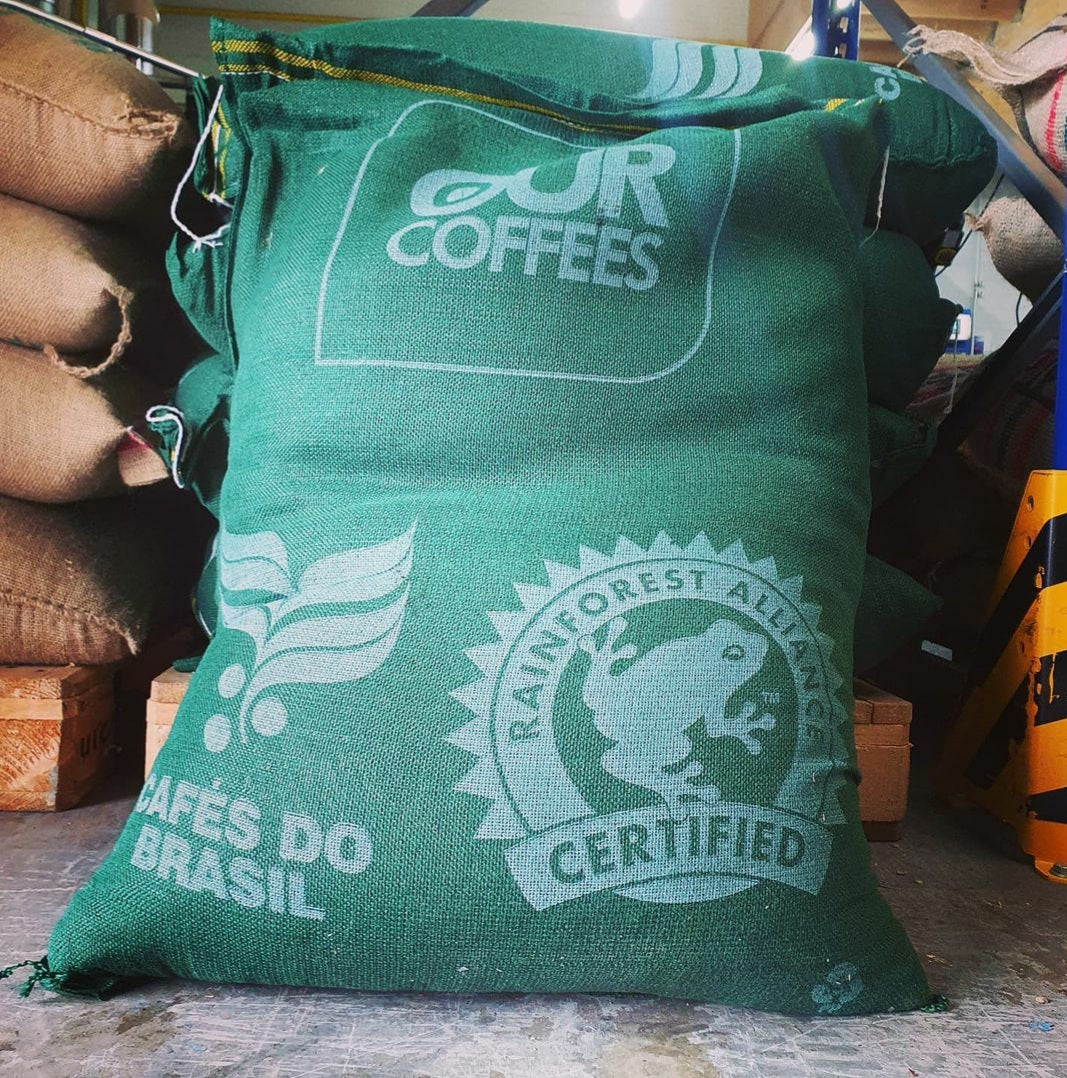
Roasters Notes - Espresso Love
After sharing the taxi in Berlin 2018 we have been working with Nathalia @Ourcoffees. This Red Catuai still continues to surprise me. Doesn't roast like any other Brazil and it was quite challenging to find the perfect the perfect profile as it had tendency to crash so I had to use the "gas dip". Also it doesn't taste like the usual Brazilian espresso, Nectarine ans Strawberries at the start with Cholate ganache finish! #coffeehunter #coffeeaddict #lifeistooshorttodrinkbadcoffee
Discover more